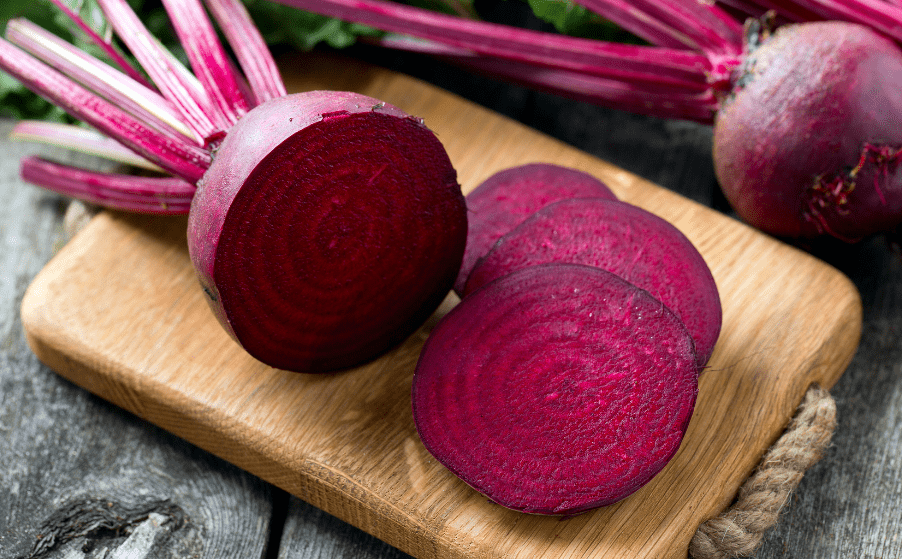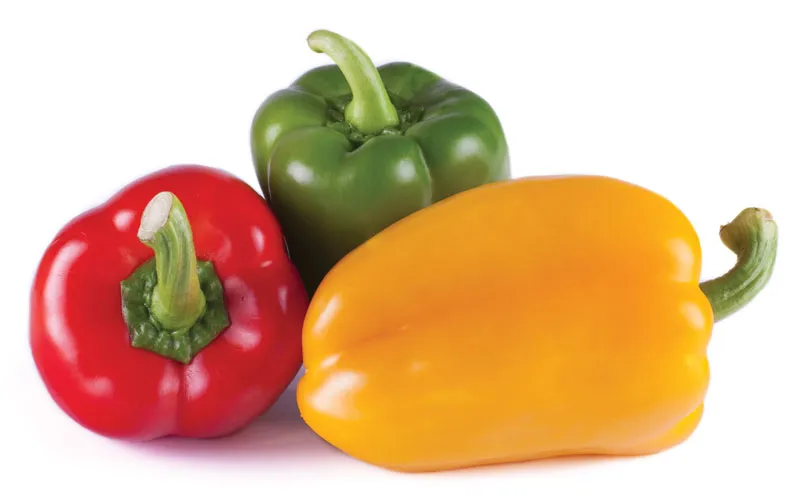
Description
Known also as chard. Although it is a biannual plant, Swiss chard is usually grown as an annual. The plant lacks fleshy roots, unlike other B. vulgaris species. Despite production slowing in the sweltering summer months, its huge leaves, which may reach a length of more than 30 cm (1 foot), can be harvested continuously throughout the growing season.
Varieties
There are numerous kinds of Swiss chard, such as:
“Five Colour”: Also known as “Rainbow,” this plant has colorful stems and leaves.
‘Fordhook Giant’: With its greenish-white leaves and strong growth, this cultivar offers a wonderful flavor.
‘Perpetual’: This cultivar swiftly regrows leaves after the outer leaves are harvested and has a taste quite similar to spinach.

Uses
Fresh chard can be eaten uncooked in omelettes, salads, stir-fries and soups. The uncooked leaves can be used as a tortilla substitute. Chard stems and leaves are often sautéed or boiled; cooking reduces their bitterness
Nutrition
Raw Swiss chard contains a lot of vitamins A, K, and C in a 100-gram serving, giving it 84 kilojoules (20 kcal) of food energy. Dietary fiber, vitamin K, and the dietary minerals manganese, magnesium, iron, and potassium are all present in large amounts in raw chard. Chard has a low protein, lipid, and carbohydrate composition when it is raw.
Cultivation
Chard can withstand partial sunlight, but it thrives in direct sunlight. It prefers a place with soil that is generally rich, well-draining, and has a pH between 6.0 and 7.0 (slightly acidic to neutral).
Table





